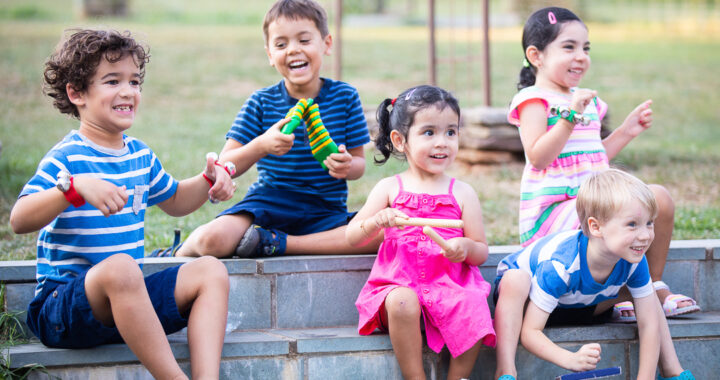Jordan Brown is the Director of Education and Programs at the Visual Arts Center of Richmond and a member of the Partners in the Arts (PIA) Board of Advisors. Jordan currently leads a team of dedicated staff who run educational programming at the Visual Arts Center of Richmond, located in the Fan District. Jordan is passionate about arts integrated learning and believes that the process of learning and creating art are very similar, as both tap into critical thinking and problem-solving skills.

Jordan Brown leads a hands-on printmaking demonstration at the Visual Arts Center for PIA Board of Advisors in 2016.
Jordan herself is an artist – she studied printmaking at Virginia Commonwealth University and then pursued her Masters in Arts Administration from Goucher College. Using her expansive knowledge of art and passion for education, Jordan’s partnership with PIA has been extremely beneficial. Jordan helps facilitate relationships between artists and community members. Additionally, she works directly with many teachers themselves!
The Visual Arts Center of Richmond (VisArts) is a hub for creativity in Richmond and serves many different members of the community. VisArts offers many tuition-based classes, they provide community classes that are funded through donations and fundraising, and they have space for visiting artists to display and create work. The Visual Arts Center has been an active partner for many years, but in the past three has specifically worked closely with PIA to connect the visual arts community with teachers in the Arts Integrated Learning Certificate (AILC) program.
Teacher and Artist Collaboration

Richmond Public School teachers, teaching artists, and teacher coaches take in the “Walking With” exhibition together at the Visual Arts Center, as part of the AILC.
One collaborative project between VisArts and PIA, which was facilitated by Jordan and PIA Director Rob McAdams, focused on connecting teaching artists and classroom teachers. VisArts hosted several events to bring in teaching artists and allow them to work alongside classroom teachers. The goal was to provide the teachers with different art forms to integrate into the classroom. Additionally, the artists and teachers worked together to explain how certain projects could relate to various content areas of K-12 education.
One example was when a teaching artist worked with K-12 teachers to make 3-dimensional objects. When making these objects, the artist explained the mathematical calculations to make the molds, fill the molds, and account for shrinkage. The teachers participated in this activity and learned hands-on, as their students would when integrating this into their lesson plans. The workshop related to Math most directly, and could be applied to other subject areas such as English, Science, or History! Jordan highlighted how this project was cross-curricular and allowed the teachers and teaching artists to build a network of support for an arts integrated learning community.
Similar Skills and Processes
For Jordan, one of the biggest benefits of arts integrated learning is the connection between the learning process and the creative process. The traditional idea of learning in a classroom is very similar to producing art. Both methods require critical thinking skills for planning and execution, and problem-solving skills to overcome challenges. Bringing art into academic learning to teach various subjects works seamlessly because they share similar processes of synthesizing and applying knowledge to new material.

Teaching artists in PIA’s AILC program gather at the Visual Arts Center in February 2020 to learn to align their expertise to educators’ content areas.
Jordan is very passionate about arts integrated learning. She suggests that bringing arts into the classroom can open new doors for students who have not had this exposure before. Using various forms of visual arts asks students and teachers to look at a topic from a new point of view. Although this can be challenging or uncomfortable, it pushes the students and teachers to expand their understanding and interpretation of different subject areas. Placing both teachers and students in this new scenario creates a greater sense of equity within the classroom. Arts integrated learning allows for students to show their comprehension of material in a new way which gives them agency in their own learning process and deeper learning.
This is a guest post by University of Richmond senior Kat Mitchell, who spent a semester with Partners in the Arts through an independent study and internship. Kat studied Leadership and Education & Society, and is passionate about equity in education and advancing knowledge of the world around us.


